International touchless sanitary solutions for commercial spaces
International touchless sanitary solutions for commercial spaces
Touchless Sanitary Solutions for Commercial Spaces from Stern
Upgrade your commercial and public spaces with touchless sanitary solutions from Stern. Our touchless faucets and behind-the-mirror wash stations are designed to promote hygiene and convenience, while eliminating the need for physical touch. Our durable and reliable products are specifically engineered for high traffic environments. Choose from our range of deck and wall-mounted options and experience the benefits of touchless technology. Explore our selection of touchless sanitary solutions for commercial spaces today.
Stern offers a wide range of touchless faucets for commercial and public bathrooms. Our faucets are specifically engineered for high traffic environments, ensuring durability and reliability. With touchless technology, our faucets provide efficient water delivery while promoting hygiene and eliminating the need for physical touch. Whether you choose a deck or wall-mounted option, our touchless faucets are easy to install and maintain. Upgrade your facility with Stern’s trendy and practical touchless faucets and create a streamlined and hygienic handwashing experience for your users.
Upgrade your commercial or public washroom with Stern’s touch-free soap dispensers, equipped with a soap level indicator for convenience. These soap dispensers eliminate the need for physical touch, promoting optimal hygiene and reducing the spread of germs and bacteria. Our touch-free soap dispensers come with a top filling multifeed kit or multifeed kit, making it easy to refill and maintain. Available in a sleek, minimalist design, our soap dispensers are perfect for any modern washroom. Invest in Stern’s touch-free soap dispensers with soap level indicator and provide your users with a safe and hygienic hand washing experience.
Are you looking for a complete touchless solution for your commercial bathroom? Look no further than Stern’s Electronic Tubular Trio! This innovative product combines a touch-free electronic tubular faucet, soap dispenser, and hand dryer all in one convenient unit, providing the ultimate bacteria-free environment. The sleek and modern design is not only practical but also enhances the aesthetics of any bathroom. This electronic trio saves you money compared to purchasing each element separately, and its ease of installation and maintenance reduces grime and saves time. Upgrade your commercial bathroom with the Electronic Tubular Trio from Stern, and experience the ultimate touchless hand-washing solution.
Stern’s SWAR system offers a revolutionary approach to commercial bathroom design with its all-inclusive sanitary cabinet that includes a touch-free faucet, touch-free soap dispenser, high-speed hand dryer, mixing valve, and LED pictograms for user guidance. The system drastically reduces water and soap consumption while limiting physical contact and protecting users against cross-contamination. Stern offers a variety of SWAR cabinets to suit specific needs, ensuring that commercial bathrooms remain functional and clutter-free while providing a minimalist space that hides all bathroom fixtures. Upgrade your commercial bathroom today with Stern’s innovative and hygienic SWAR system.
Q&A
Explore our products and learn more about touchless solutions for commercial bathrooms!
There are three main types of bathrooms: residential, commercial, and industrial. Residential bathrooms are designed for use in homes, apartments, and other private dwellings. They typically have a smaller scale and are designed to meet the needs of a household. Commercial bathrooms, on the other hand, are typically found in public spaces like restaurants, offices, and retail stores. They need to be more durable and hygienic due to higher traffic and usage. Industrial bathrooms are designed for use in factories, warehouses, and other industrial settings. They need to be functional, durable, and easy to clean.
To create a functional and efficient commercial bathroom, you will need several key components. These include touchless faucets, automatic soap dispensers, and hand dryers, as well as toilets, urinals, and sinks. Touchless faucets and automatic soap dispensers promote hygiene and minimize the spread of germs. Hand dryers are more environmentally friendly than paper towels. Commercial bathrooms also require proper ventilation, lighting, and safety features like grab bars and non-slip flooring.
The cost of a commercial bathroom will depend on several factors, including the size of the space, the materials used, and the specific components installed. Generally speaking, the cost of a commercial bathroom can range from a few thousand dollars to tens of thousands of dollars. The cost will also depend on whether you need to do any plumbing or electrical work and whether you’re starting from scratch or renovating an existing space.
The minimum size for a commercial bathroom will depend on local building codes and regulations. In general, however, most commercial bathrooms must be at least 30 square feet in size. This size is usually sufficient for one toilet and one sink. Larger bathrooms may be required for higher occupancy buildings.
Commercial bathrooms are designed for use in public spaces like restaurants, offices, and retail stores. They are typically larger and more durable than residential bathrooms, with features like touchless faucets, automatic soap dispensers, and hand dryers to promote hygiene and minimize the spread of germs. Residential bathrooms, on the other hand, are designed for use in homes and private dwellings. They are typically smaller in size and have more residential features like bathtub and shower combos.
The size of a commercial restroom will depend on several factors, including the number of fixtures, the size of the space, and local building codes and regulations. Generally speaking, however, most commercial restrooms are between 50 and 150 square feet in size. This size is typically sufficient for multiple stalls or urinals and multiple sinks.
Commercial toilets are often called “high-efficiency toilets” or “water-saving toilets.” They are designed to use less water than traditional toilets, which makes them more eco-friendly and cost-effective. They often have low-flow flush valves and dual-flush technology.
There is no set maximum size for a bathroom, but it should be proportionate to the size of the building and the number of users. Building codes may also have specific requirements for minimum and maximum dimensions. For example, in the United States, the Americans with Disabilities Act (ADA) sets guidelines for the minimum size of accessible bathrooms.
Commercial bathrooms are designed for higher traffic and usage than residential bathrooms, so they need to be more durable and hygienic. They also need to meet specific building codes and regulations. For example, commercial bathrooms may be required to have more fixtures per user, such as a higher number of toilets or sinks. They may also need to have specific accessibility features like grab bars and wider stall doors to accommodate people with disabilities.
The main factor that determines whether a property is commercial or residential is its intended use. Commercial properties are used for business, while residential properties are used for living. A property that is used as a storefront or office space would be considered commercial, while a property that is used as a private home or apartment would be considered residential.
This depends on the intended use of your property. If you are using it for business, it is likely commercial. If you are using it for living, it is likely residential. However, there may be some cases where a property is used for both purposes, such as a mixed-use building that has commercial space on the ground floor and residential apartments on the upper floors.
Yes, commercial and non-residential are generally interchangeable terms that refer to buildings or properties that are used for business purposes. This can include office buildings, retail stores, restaurants, and other types of commercial properties.
Residential and commercial are separate categories of properties that are defined by their intended use. Residential properties are used for living, while commercial properties are used for business. There is no such thing as a “residential commercial” property, but there may be cases where a property has both residential and commercial units, such as a mixed-use building.



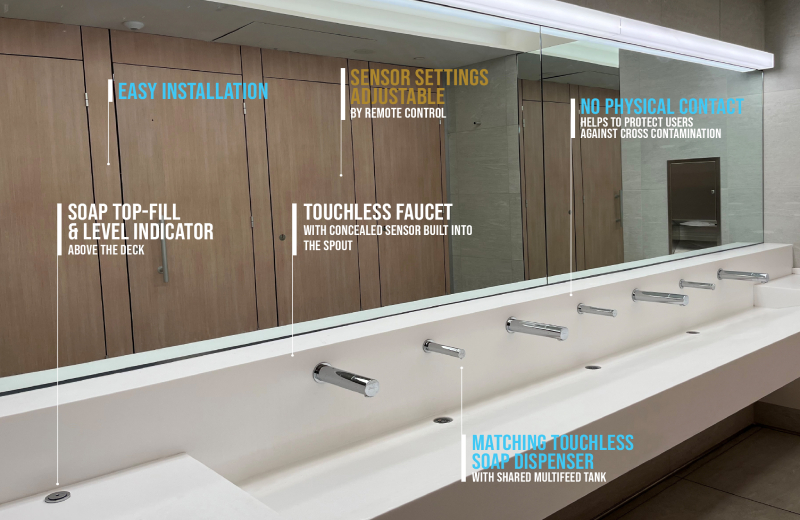
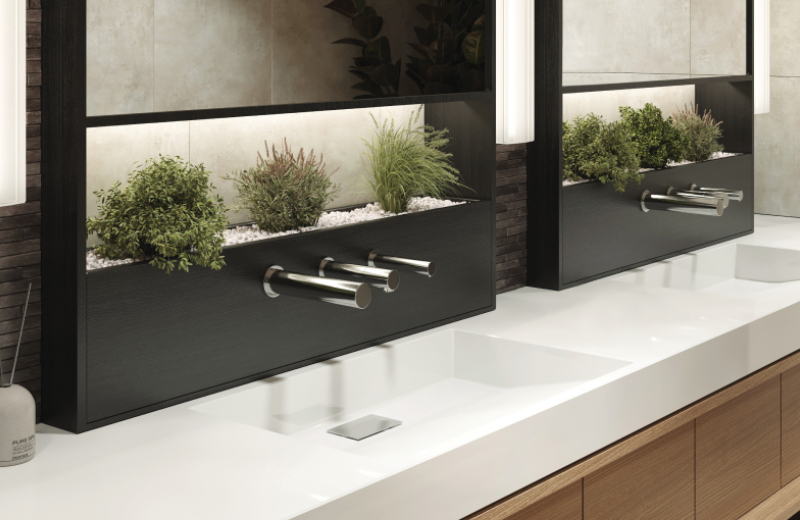
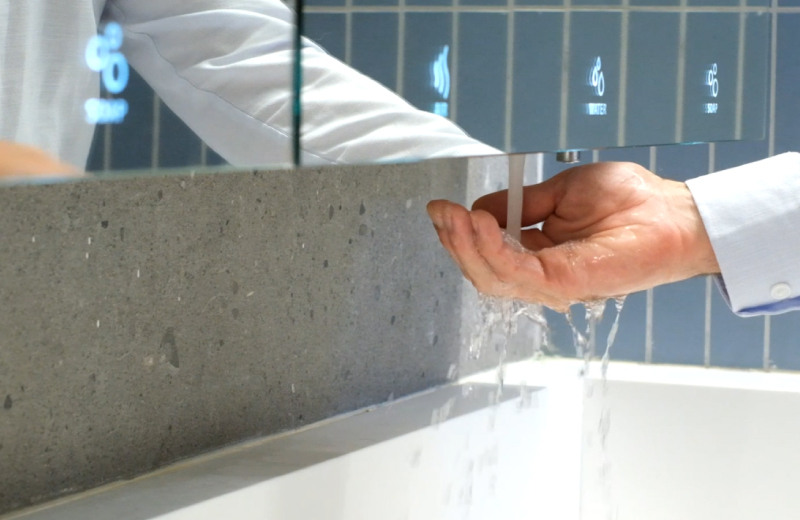
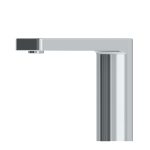 Boreal
Boreal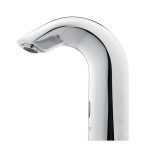 Classic
Classic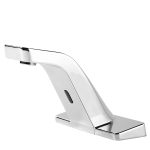 Condor
Condor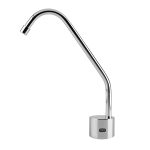 Cool TF
Cool TF Csaba
Csaba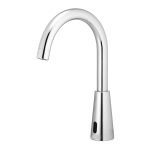 Dolphin
Dolphin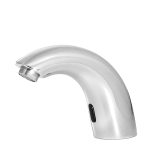 Easy
Easy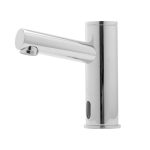 Elite
Elite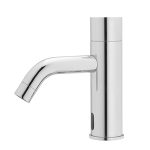 Extreme
Extreme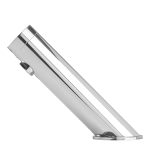 Green
Green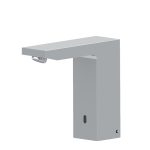 Quadrat DM
Quadrat DM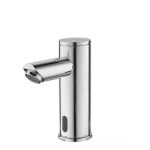 Smart
Smart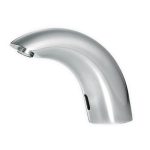 Swan
Swan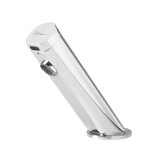 Touch Free
Touch Free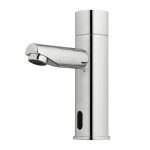 Trendy
Trendy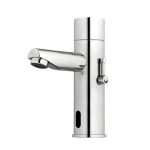 Trendy T
Trendy T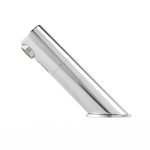 Tubular DM
Tubular DM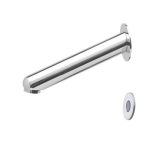 Apollo AL
Apollo AL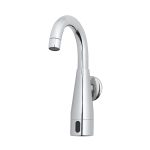 Apollo Free
Apollo Free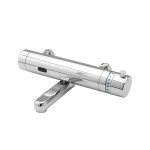 Apollo Medical
Apollo Medical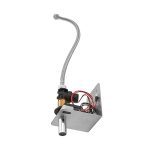 BTM
BTM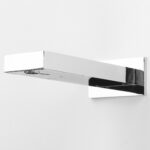 Cubica
Cubica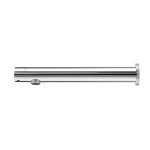 D28
D28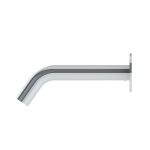 Extreme CS
Extreme CS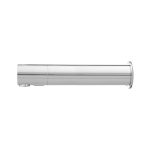 Malmo
Malmo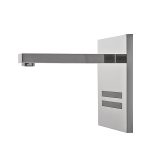 Nara Q
Nara Q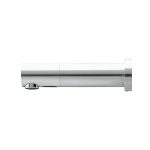 Tubular
Tubular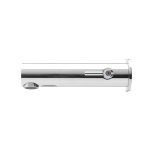 Tubular 1000
Tubular 1000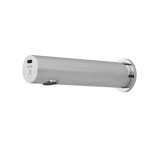 Tubular Wave DP LE
Tubular Wave DP LE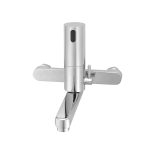 Washfree 1000
Washfree 1000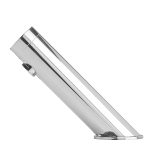 Green Time
Green Time